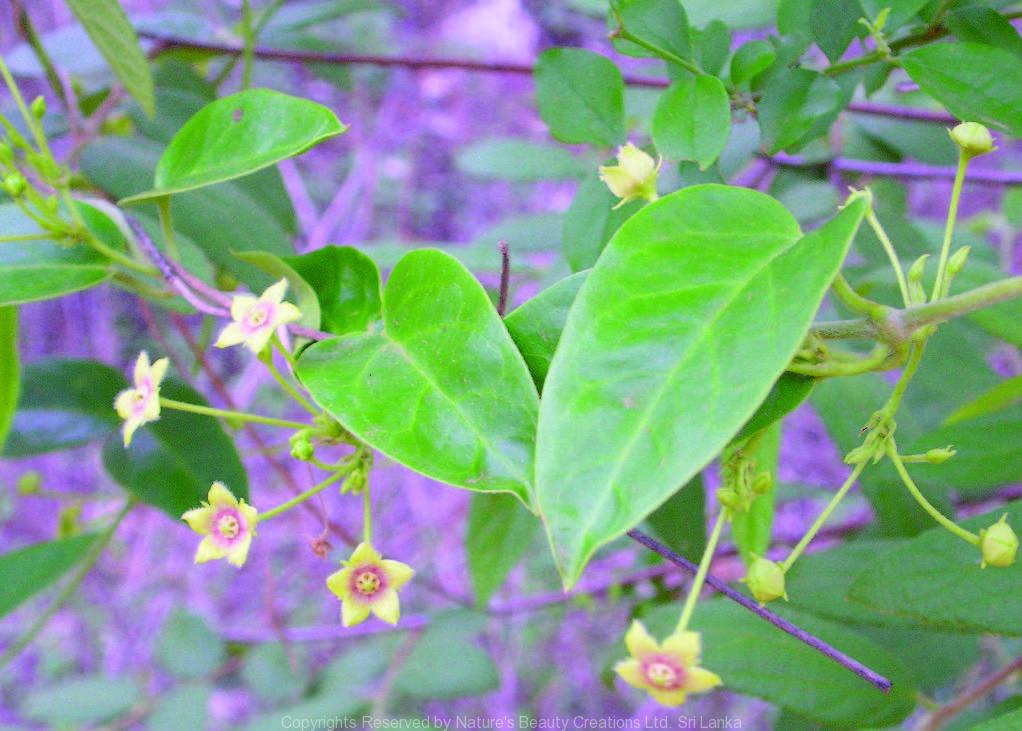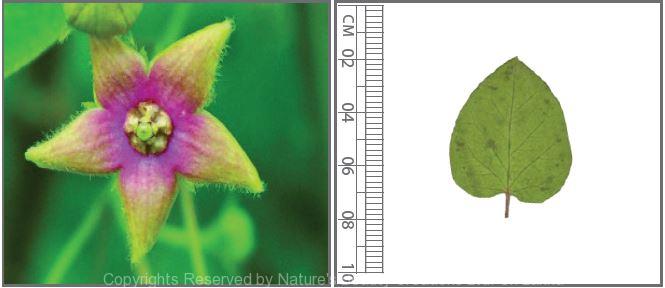

Traditional Knowledge
Useful plant parts :
Leaf and root
Uses in traditional medicine :
- Leaves and roots are used to treat allergies, colds and arthritis
- Root or leaf powder is used in diarrhoea, dysentery and intermittent fever
- Dried leaves are emetic, diaphoretic and expectorant
Scientific Research
Chemical constituents:
Alkaloids: tylophorine and desmethyltylophorinine, flavonoid: kaempferol from whole plant; dihydrophenanthroindolizidine alkaloids: tyloindicines F–J and substituted phenanthrene derivative: tyloindane from aerial parts
Bioactivity :
Alkaloids: suppress cellular immune response; tylophorine: anaphylactic, immunocytoadherence and inhibition of primary and secondary responses of adjuvant induced arthritis
Clinical:
Chewing and swallowing a leaf a day for 6 days early in the morning has shown relief in the symptoms of bronchial asthma patients
References : Ali, M. et al., (1994), Rare Phenanthroindolizidine Alkaloids and a Substituted Phenanthrene, Tyloindane, from Tylophora indica, J. Nat. Prod, 54(5), 1271–1278. Biren, S. N. et al., (2006), Review Article Search for medicinal plants as a source of anti-inflammatory and anti-arthritic agents – A review, Pharmacognosy Magazine, 2(6), 77-86. Malviya, N. et al., (2011), Antiasthmatic Potential of Indigenous Medicinal Plants, Spatula DD, 1(1), 43-50. Shivpuri, D. N. et al., (1969), A crossover double-blind study on Tylophora indica in the treatment of asthma and allergicrhinitis, Journal of Allergy, 43(3), 145–150.
Copyrights Reserved By
Natures Beauty Creations




